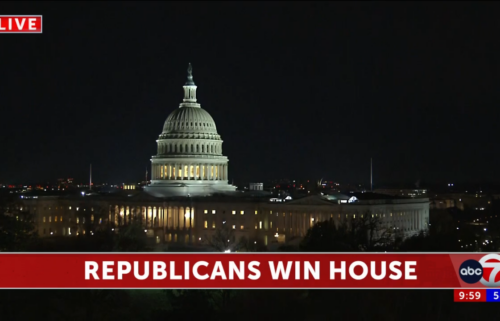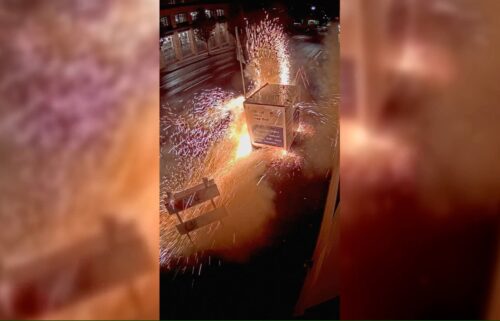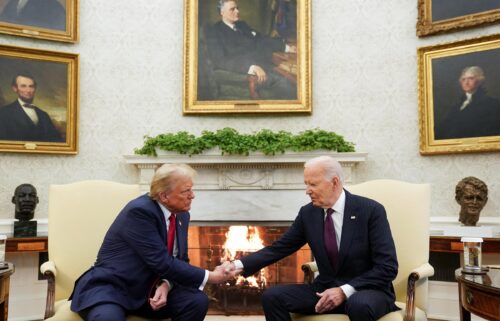Early voting starts in Minnesota’s presidential primaries

Minnesota’s first presidential primaries in nearly 30 years starts Friday, as polling locations in the state begin accepting absentee ballots.
The 2020 presidential primaries for the Republican Party and the Democratic-affiliated Democratic-Farmer-Labor Party will be the state’s first since 1992; for years, the state held presidential caucuses. A law passed after the 2016 election to shift away from that system and back to primaries.
“The presidential nomination primary opens up the selection process and allows more Minnesotans to participate. Caucuses are limited to a few hours on one evening; this primary will give more people more ways to participate, and over a longer period of time,” Minnesota Secretary of State Steve Simon said.
While early voting starts Friday, the state’s primary day is on Super Tuesday, March 3.
The Republican ballot only lists President Donald Trump, the result of a new state law allowing party chairs to determine who appears on primary ballots. The Minnesota Supreme Court earlier this month denied a petition to include other GOP candidates.
Minnesota DFL Party Chair Ken Martin told CNN that there is a lot of “excitement” and “enthusiasm” for this year’s election process, which he expects will result in record voter turnout.
“Minnesota stands out not only because it’s a big delegate haul, but we are also a critical battleground state in the presidential election. We are going to be a critical in beating Trump in Fall,” Martin, who is also a vice chair of the Democratic National Committee, said.
Martin noted that Sen. Amy Klobuchar could “do very well” in her home state and that Vermont Sen. Bernie Sanders, who ran in 2016, has support among progressive voters.
“In my time in politics, this is the most fluid race I’ve ever seen. There is no way to truly know the dynamics of the race because things change so quickly from day-to-day,” Martin said.
Trump lost the state in the 2016 presidential election to Hillary Clinton by a slim margin (Trump’s 44.92% to Clinton’s 46.44%).
The Midwestern state skews heavily white and has large rural areas — places where Trump significantly outperformed a generic Republican in 2016.




